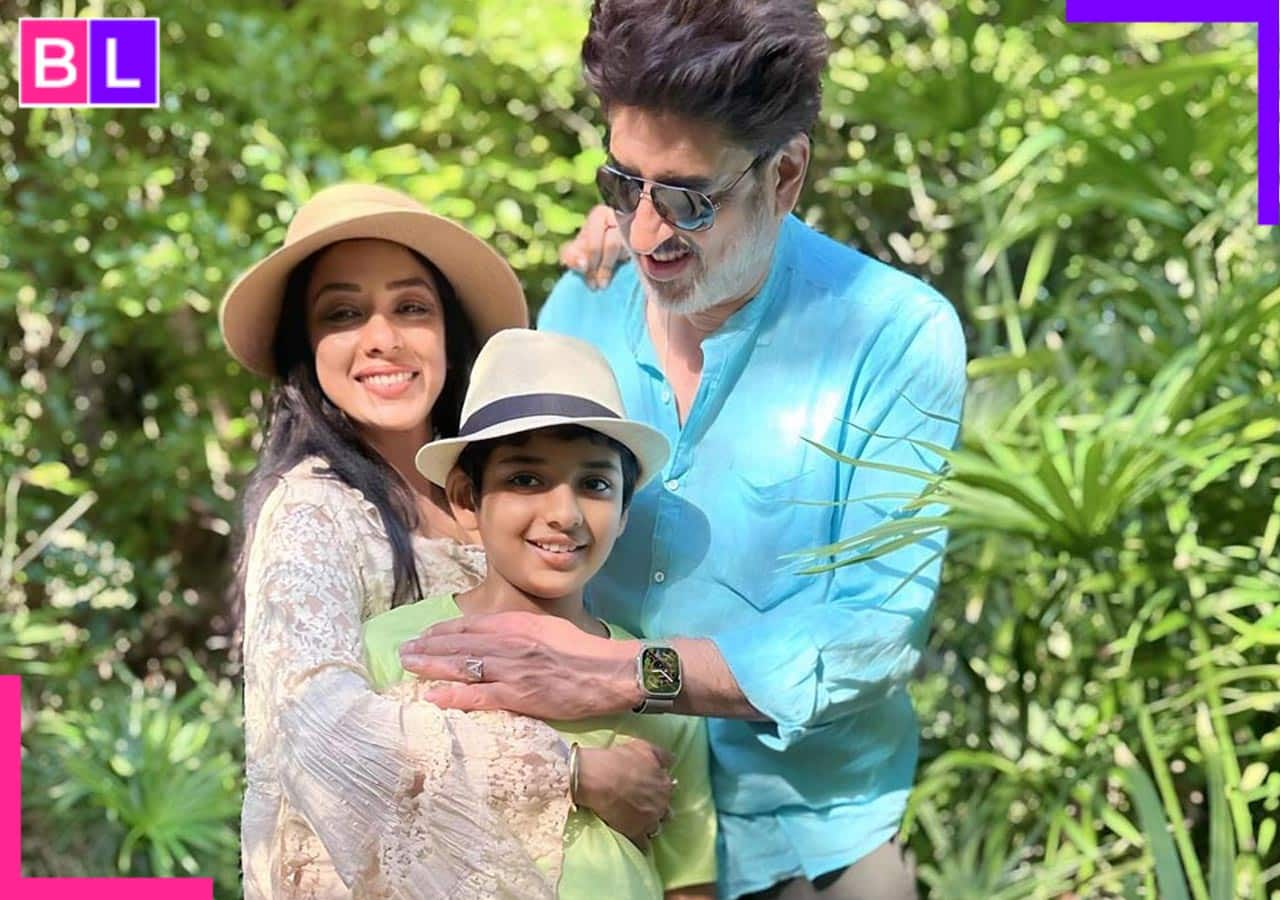LONDON — There’s nowhere more fitting for Uruguayan-born designer Gabriela Hearst to be on a panel talking about sustainability than Winfield House, the official residence of Jane D. Hartley, the U.S. ambassador to the Court of St. James’s, which has the largest private garden in central London after Buckingham Palace.
Hearst was conceived in a forest; growing up her mother showed her the spot where the deed was done. She’s always felt connected to her surroundings and Mother Nature.
“My mom is a witch. She always had this intuitive sense and people would come to our home and she would grab their hands and tell them things about their life. She’s a very sensitive person and found it hard to live in modern society — she always loved living in the ranch in the middle of nowhere,” said the designer in an interview in the Yellow Room decorated with Louis XV style fauteuils.
Kenya Hunt, Jane D. Hartley, Caroline Rush and Gabriela Hearst at Winfield House.
Dave Benett
“I grew up with these kinds of conversations of understanding there was something more in the world than what we saw. As you get older you become more comfortable in saying and seeing things from an optic that’s not just your eyes,” she added.
Hearst is not alone in fashion and mysticism. Gabrielle Chanel‘s lucky number was five and for Karl Lagerfeld it was seven, while Christian Dior consulted a clairvoyant, Madame Delahaye, for all his major decisions.
The New York-based designer carries small and large crystals in her bags wherever she goes and travels with a tarot deck at all times that she pulls from daily. She taught herself tarot by using the app Labyrinthos and sees the psychic Dante Sabatino, otherwise known as Tarot by Dante, annually.
“It’s not only us [fashion designers]. It’s also sports people [who are superstitious]. I think it’s the ritual more than anything and what gives you confidence. We don’t just perform one game — we need to do the work every day and we work for six to eight months for a show collection that lasts 10 minutes,” explained Hearst, comparing her design process to a mandala.
“I’m somebody that doesn’t work from tear sheets or vintage samples. I like to see what’s in the subconscious and let it come through,” she said, adding that her whole design team works by hand without any iPads because of the important connection between the brain and the hand.

Gabriela Hearst and the lead dancer from the ballet “Carmen” wearing the costume she designed.
Katie Thompson/WWD
It was no ordinary day for Hearst — on the plane to London with only three hours of sleep, she wrote in her journal, “it’s going to be a glorious day.”
By coincidence or cosmic powers, she turned up at Winfield House dressed in black with statement gold jewelry and burgundy boots that matched the ensemble of Kenya Hunt, the editor in chief of Elle U.K. who moderated Hearst’s conversation with the British Fashion Council’s chief executive officer Caroline Rush, who wore a burgundy dress and black loafers.
Aside from mysticism and spirituality, Hearst’s business and creative decision-making are always informed by one question: Is this the most sustainable material to use?
She’s as much of a believer in science as she is in magic, however. Her sister, Magdalena, is a zoologist with a PhD in animal science from Cornell University and her go-to consultant for anything scientific.
“I’m more determined than ever [before regarding sustainability]. When we did our first show about repurposed fabrics in 2017, it was a dirty word to say we were using deadstock and now it’s common practice,” said Hearst.
Sustainability has become part of the everyday zeitgeist now, even for glossy magazine publishers. Hearst Magazines was the cohost of the reception and panel discussion at the American ambassador’s residence.
When Hunt was at Elle U.K. the first time round, she worked on the magazine’s big sustainability issue with then-editor Anne-Marie Curtis, founder of sustainability title The Calendar Magazine. Now the magazine has introduced the Green List, featuring the changemakers in the sustainability sphere.
“It’s nice to be able to build on a lot of those commitments [from 2018] and decisions we made a number of years ago. Right now even the language has changed around the climate crisis — words like climate catastrophe are being used and it’s mind-boggling,” said Hunt, detailing that the discussion around green fashion has gotten quieter despite brands and conglomerates making various changes.

Princess Nina of Greece and Denmark, Gabriela Hearst and Princess Eugenie of York at Winfield House.
Dave Benett
“Now it’s time for us to reassess and recommit to sustainability on a brand level at Elle,” she added.
Hunt’s approach to editing the magazine since rejoining in March 2022 has been to stop quarantining social issues and subjects, but to instead return the magazine to its remit of covering issues at large with a lighthearted and intelligent tone.
Her panel discussion on the fashion industry’s commitment to sustainability drew a crowd that included Princess Eugenie, Princess Nina of Greece and Denmark, and designers Tolu Coker and Anna Jewsbury.







